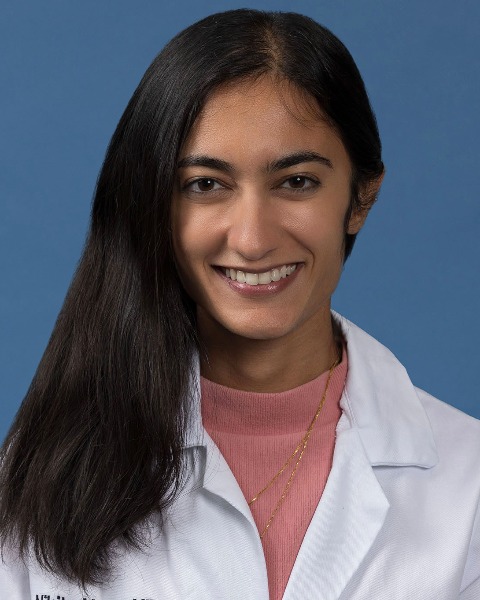Adrenal Disorders
(8.07) Pheochromocytoma in an Elderly Patient: A Case Report

Nikita Mogar, MD
Endocrinology Fellow
UCLA
Santa Monica, California, United States
Submitter(s)
Pheochromocytomas typically present in the fourth or fifth decade of life; these tumors are extraordinarily rare in elderly people. This diagnosis may also be overlooked in this patient population given the lower likelihood of presentation with classic symptoms of hypertension with episodic headaches, sweating, and tachycardia. There are few case reports detailing the diagnosis, management, and treatment of pheochromocytomas in the elderly. This case report would further the presently sparse literature on the complex management of elderly patients with pheochromocytomas.
Case(s) Description :
An 82-year-old man with a past medical history significant for type 2 DM, HTN, and sleep apnea was incidentally found to have a 1.5 x 1.6 x 1.7 cm left-sided adrenal nodule found on CT abdomen with 68 Houndsfield Units on 15 minute delayed phase. Patient was hypertensive to 142/91 without tachycardia or orthostatic hypotension. ECG was normal. He denied symptoms of episodic palpitations, headaches, or diaphoresis. Home anti-hypertensives included amlodipine and lisinopril. His laboratory work up was significant for elevated serum free metanephrines 95 pg/mL (< 57), serum total metanephrines 275 pg/mL (< 205), 24-hour urine metanephrines 460 mcg/24h (90-315), serum free normetanephrines 180 pg/mL (< 148), and serum total normetanephrines 827 pg/mL (< 205). Patient was diagnosed with a pheochromocytoma and planned for adrenalectomy.
Patient was managed with a high fluid and salt diet and alpha-blockade with phenoxybenzamine uptitrated over the course of one month. Beta blockade with metoprolol was initiated 7 days pre-operatively. The patient then underwent laparoscopic left-sided adrenalectomy, and the diagnosis of a pheochromocytoma was confirmed on pathology.
Discussion :
Most cases of pheochromocytomas are usually detected before the age of 60 years. It is possible that cases in the elderly are under diagnosed as these patients may not present with typical features of pheochromocytomas. This may be due to the age-dependent alteration of baroreceptors in target organs, desensitization to elevated catecholamine levels, and pre-operative use of beta blockers. Suspicion for a tumor must be maintained if there is hypertension or cyclic hypotension and hypertension. Given the recent increase in life expectancy and improvements in imaging techniques, there has been an increase in diagnosis of pheochromocytomas in the elderly. Surgery is the standard of treatment for these tumors with pre-operative medications for symptom control. This case underscores the consideration and prompt investigation of pheochromocytomas in the elderly.
